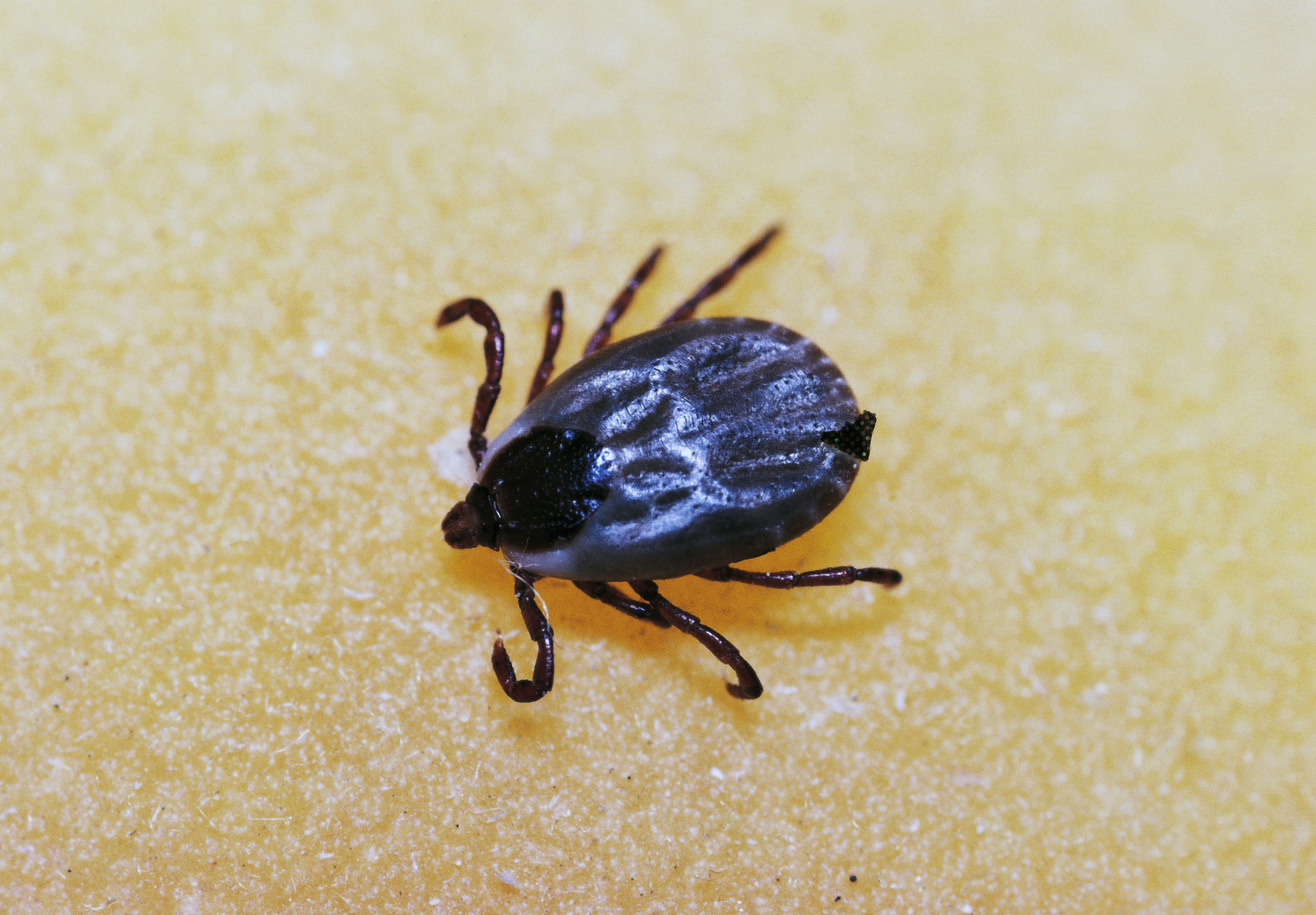
It’s no fun playing golf from the long rough. Veer off line, especially in the summer months, and you can find yourself in big trouble.
If you want to win anything, hit the ball straight and avoid the jungle, which can become especially thick after a spell of warm sunshine and showers.
Here’s another incentive to keep your ball in play: to stay away from the insects. Never mind a nasty lie – some insects bites can be really, really nasty.
There’s one creepy-crawly in particular that you really want to avoid: ticks. Do a bit of digging on these blood-sucking parasites (they’re actually arachnids because they have eight legs) and you might end up never playing in shorts again.
“Ticks have a number of different diseases, Lyme disease being the most common one,” says James Logan, a professor at the London School of Hygiene & Tropical Medicine, and CEO of Arctech Innovation.
“There are others, one of which is called Crimean-Congo haemorrhagic fever. That can be deadly, although that’s mainly found in tropical regions.
“There’s also tick-borne encephalitis, which can certainly cause a bit of an issue in parts of Europe.”

Studies in Europe estimate that 1% to 5% of tick bites can lead to Lyme disease. It is thought that 4% are infected in England and Wales, although that number varies according to location. In some areas, it may be as high as 10%.
The number of infections is on the rise, too, which is partly down to more people being aware and reporting cases, but also because of the impact of climate change.
“We are starting to see milder winters and longer summers", says Professor Logan. “Insects are more likely to breed better in warmer weather, so as climate change continues we are going to get more ticks surviving for longer periods of the year.”
If you Google Lyme disease, you’ll learn of some pretty unpleasant stories, with people suffering with aches and fatigue for many years.
It’s also rather uncomfortable to hear how clever ticks are in the way they “hide out” in the grass waiting for a tasty meal (that’s me and you). It’s called questing.
“They climb up a blade of grass or a bit of vegetation and they cling on with their back legs and stick their front legs out,” explains Professor Logan. If anything walks past, they cling on.”
It’s a relief to hear that despite the nasty diseases that ticks can spread, Professor Logan has not been deterred from wearing shorts.

When the scientist and television presenter is not teaching on various aspects of biology, he enjoys playing golf around East Lothian, so he knows only too well how thick links rough can get.
“There are ticks out there and there are a lot or deer, but it doesn’t really put me off,” says Professor Logan, who has had Lyme disease, although it was successfully treated with antibiotics.
Taking Precautions
Whether you’re out playing golf or walking the dog, he recommends checking yourself for ticks – the adults of which can be as large as an apple pip – every couple of hours.
Baby ticks, or nymphs, are much smaller and can be hard to even see, so the advice is to run your hand over your skin to check for bumps.
If you do discover one, “the trick,” says Professor Logan, “is to remove it as quickly as possible, for the longer it’s attached the higher the chance of you getting a disease.”
Just like getting up-and-down from a tight lie requires a surgeon’s touch, there’s a certain skill required to remove a tick from your skin.

Eyebrow tweezers are not to be used, and nor should you use a lighter to burn them, or apply alcohol or Vaseline, something that is only likely to cause the tick to vomit the bacteria that causes Lyme disease into your bloodstream.
What you’re after is a tick removal tool. This is important, as they will help you to get every part of the tick out, including the head and barbed mouth parts.
If you are bitten and a rash appears – one that resembles a bullseye with red and white circles, and sometimes doesn’t appear for a couple of months – this tells you that you have Lyme disease, and you should get in touch with a doctor as soon as possible.

The main takeaway from this – other than that you should keep your ball on the fairway – is to be more aware of ticks and always carry insect repellent and a tick removal tool, two items that never leave Professor Logan’s bag.
It’s not just ticks that we need to be aware of, either. Horseflies can give you a really nasty bite, and you can start to feel pretty poorly quite quickly if they become infected.
“It’s never good to get bitten by any insect. They can be really painful and debilitating,” adds Professor Logan. “So wear repellents, the ones that you would use for mosquitoes.
“And if you’re really worried, just wear long trousers. You can even tuck them into your socks, a look that probably won’t be out of place at some of the more traditional golf clubs!”







